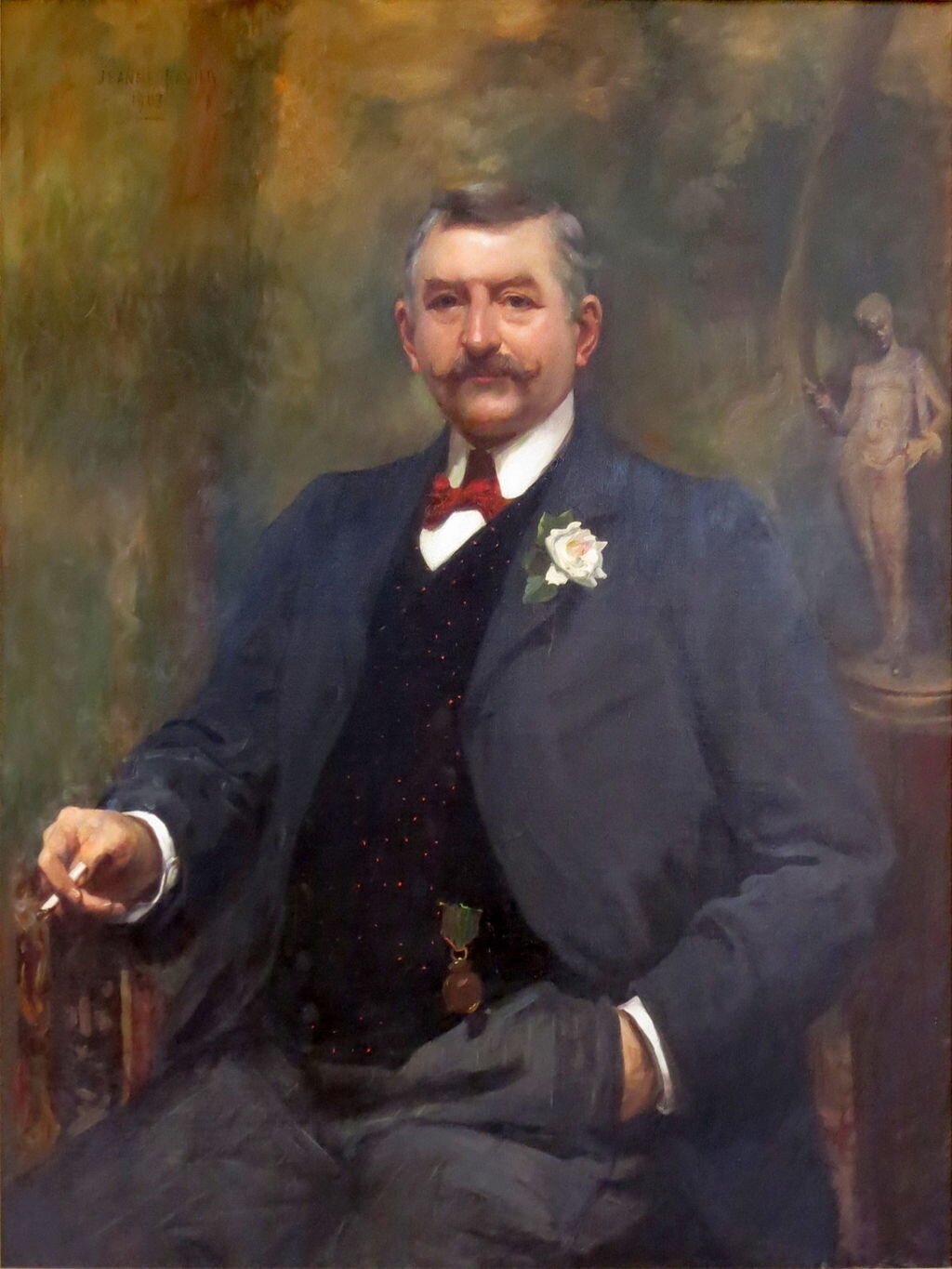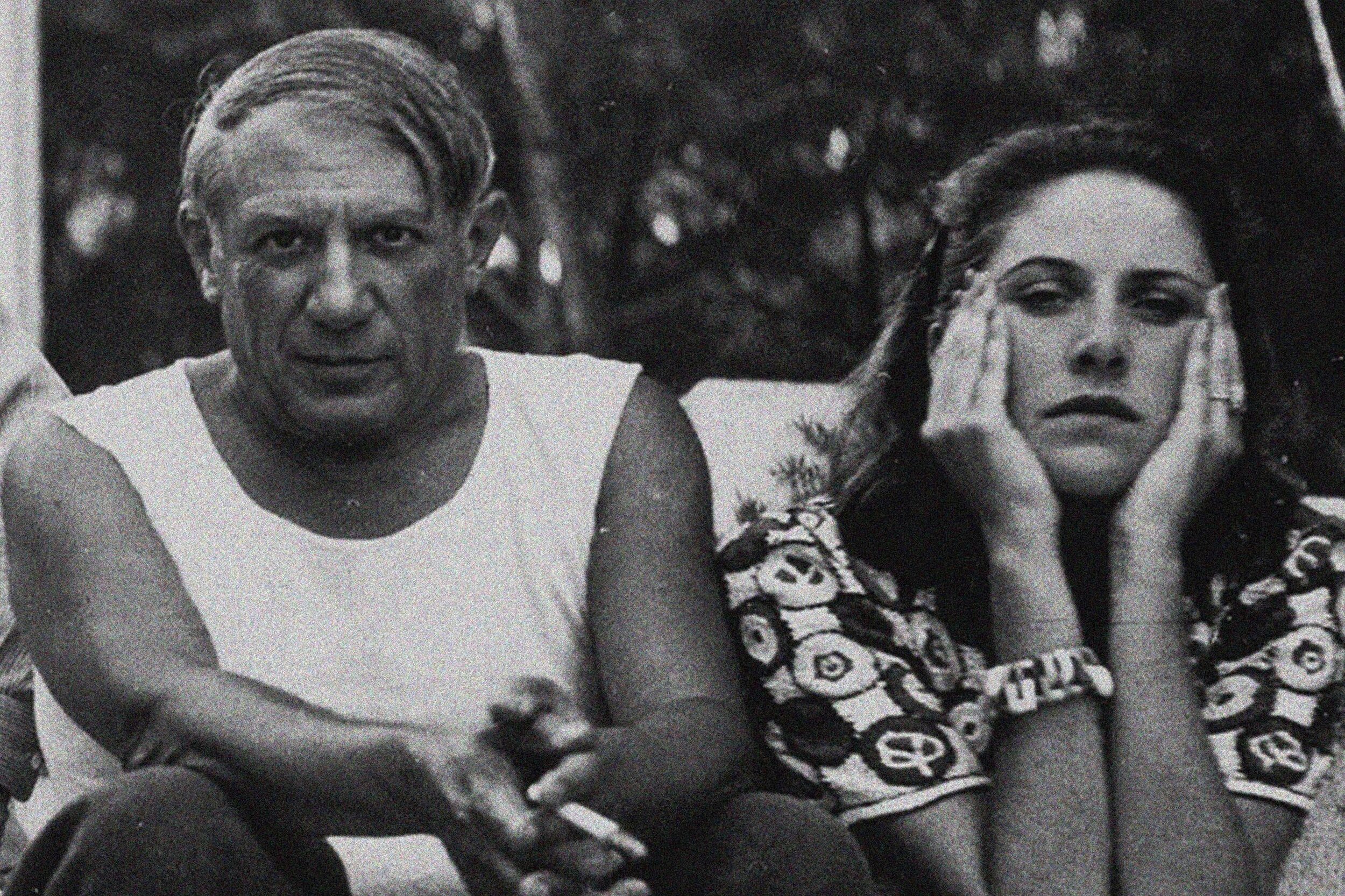This week's new episode of Paris History Avec a Hemingway is all about the ladies of Claude Monet. He of course captured them on his epic canvases but it is a much more dramatic story than that.
Camille Doncleux arrived in Paris from Lyon and quickly became the sought after model of the Impressionists. She met Claude Monet in 1865 at 18 years old and it quickly led to a relationship between the two. In 1866 he painted her in The Woman in a Green Dress and exhibited it at the Salon of 1866, but with the simple title of just Camille. It was met with rave reviews winning a silver medal and bought for 800 francs by Arsène Houssaye. By the next year they were living together and pregnant with their first son Jean which caused quite a stir among the Paris gossips.
So enamored with Camille, Claude would use her for the model of every woman in Les Femmes au Jardin et Le Déjeuner. Look closely at each of the women, they are all Camille. She would also sit for Renoir and Manet, Manet even painted the couple and family a few times. I love the painting Manet did of Claude and Camille sitting in his floating studio while she looks on as he works. In 1870 the two would finally marry and in 1878 they would have their second son Michel. Michel’s birth was difficult and would in a few years take its toll. Cancer of the uterus had spread to her digestive system and urinary tract and she was barely able to walk around Monet’s beloved pond.
In 1876, Claude Monet met Ernest Hoschedé and his wife Alice. Hoschedé came from a wealthy family that was happy to spend money on art and anything else he thought would keep him in the elite standing of Paris. Ernest invited different artists to his lavish home to add to the decor and when the always cash strapped Monet heard this he offered his services. Leaving Camille in their small apartment he moved into the Hoschedé’s where he painted canvases as well as the walls of their dining room. While Ernest was back in Paris, Claude and Alice struck up a flirtation as well as an affair.
Ernest’s spending got out of control and his family refused to pay his bills. Creditors and the bank came after his home and everything in it. Alice, now pregnant with her fifth child that may have been Claude’s left, moved into the small home with Claude, Camille and their two sons. Thirteen people in a two bedroom home was tight, not to mention having your wife and mistress within the same walls.
As Camille got sicker each day, Alice Hoschedé helped take care of her, but in the summer of 1879 she deteriorated quickly. Camille Monet, the beloved wife of Claude Monet and inspiration for his many paintings died on September 5, 1879.
As Monet watched his beloved wife slip away he said “I caught myself watching her tragic temples almost mechanically searching for the sequence of changing shades which death was imposing upon her rigid face. Blue, yellow, grey. My reflexes compelled me to unconsciously act in spite of myself”, he picked up a canvas and painted her. Today the painting is the Musee d’Orsay and stayed with Monet his entire life.
As Camille was lowered into the ground, Alice cried out “destroy everything”. Every photo, letter and reminder of Camille was burned and destroyed. Aiice was no longer going to take second place as she watched Claude battle with his extreme grief. Her own husband Ernest died on March 18, 1891 and on July 16, 1892 Claude and Alice married.
Her daughter Blanche married Jean Monet in 1897 and after 35 years together in 1911, Alice died in Giverny. Blanche would stay and care for her step/father in law until he died on December 5. 1926.
Alice was also captured in his art, but it’s the haunting and beautiful painting of Camille on her deathbed that will stay with you forever and luckily Alice didn’t have it destroyed.



















































































